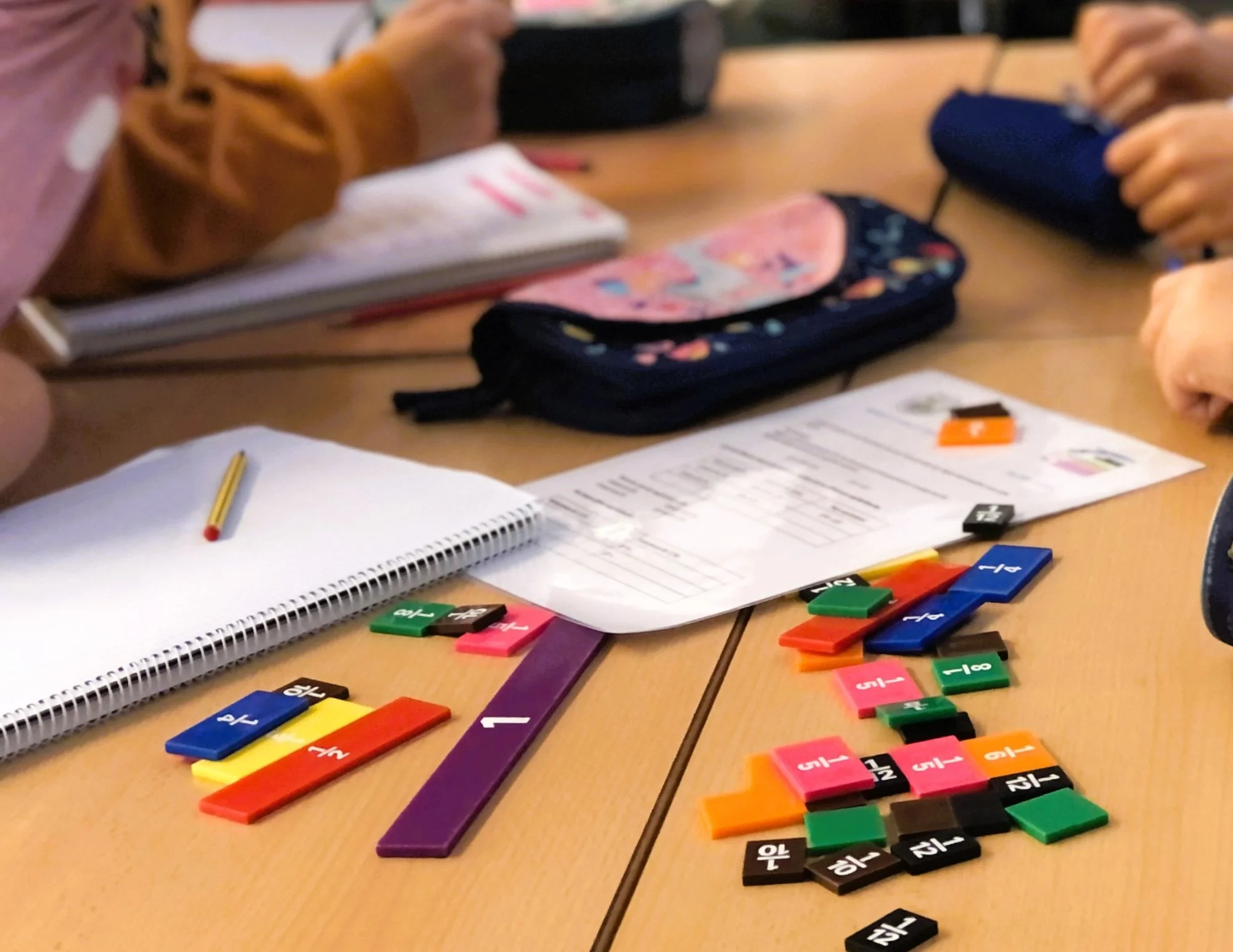While the holidays are intended to emphasize joy and connection, this time period can also frequently be characterized as full of high expectations, disrupted schedules, and increased social demands. Navigating those complexities can be emotionally exhausting, particularly for children, and it challenges their growing ability to cope with change and manage strong feelings. Rather than trying to avoid difficult emotions, emotional resilience calls on us to adapt to the unexpected, master emotional regulation, remain flexible under pressure, and cope in healthy ways as a response to the difficulties that arise.
Emotional resilience can be learned through the modeling and behaviors of adults in their lives. Every day presents new opportunities for parents and caregivers to actively demonstrate how to move through disappointment, excitement, and fatigue with grace and self-awareness. When families address potential stressors proactively instead of waiting to react, they can keep the magic of the holidays centered around peace, presence, and festivity - without succumbing to emotional overload.
MANAGING EXPECTATIONS & OVER-STIMULATION
An unfortunate aspect of the holidays is occasionally unrealistic expectations, particularly regarding gifts, events, and behavior. These expectations are a definitive origin point for much of the stress that occurs in response to this time period. Children can learn how to maintain emotional equilibrium by grounding themselves in the present moment and regulating in the face of heightened sensory input.
Proactive Planning and Discussion: Before large gatherings or changes in daily routines, talk with your child about what the environment will be like. Consider a variety of factors, including the people, anticipated noise level, and estimated duration. Anxiety is reduced when there is a clear understanding of what to expect.
Regulation Strategies: Teach children to identify potential indicators of emotional distress, such as irritability, dysregulated breathing, headaches, increased heart rate, and stomachaches. Help them brainstorm ways to find relief and plan ahead for obstacles that may arise. This might include things like taking a break in a quiet space, playing with a fidget toy, or getting fresh air outside. Emotional regulation requires children to feel empowered not only in how they recognize when dysregulation occurs, but also how they respond in ways that work best for them as individuals.
The Power of "No": A common pitfall at any time - but especially the holidays - is people-pleasing. Health boundaries are crucial, and they are learned best through modeling and explicit encouragement. If a schedule is too demanding, parents can illustrate through action and verbal explanations that it is acceptable to turn down invitations, leave early, or adjust expectations in order to prioritize rest and well-being. Through these experiences, children learn that staying grounded, well-rested, and connected are meant to be balanced - not sacrificed in order to meet every presented demand.
NAVIGATING SOCIAL COMPLEXITIES WITH GRACE
Another challenging element of the season is an increase in gatherings that involve interacting with unfamiliar relatives, strangers, and alternations in dynamics with peers. All of these situations necessitate high levels of social-emotional intelligence, perspective-taking, and conflict resolution skills.
Interpersonal Skills: Prior to social events, work together to explore simple conversational starters and polite responses. This can include appropriate body language - like making eye contact and listening actively - and how to respond to situations or requests that might make them uncomfortable. Rehearsal in a safe environment can increase confidence and reduce feelings of awkwardness.
Managing Disappointment: The reality of life is that not every desire or expectation will be met; the holidays can amplify this immutable fact in difficult ways. Teach children that while it is healthy to validate the feeling of disappointment, it is important to then shift the focus to gratitude and possibilities for the future.
Conflict Resolution: Conflicts are another natural part of life, and they present an opportunity for children to learn how to express their needs, practice perspective taking and empathy, and actively listen to others. Rather than reactiveness or arguing, work with your child to practice phrases that help them articulate how they are feeling as well as acknowledge the feelings of others. For instance, using “I feel” and “I understand that you are feeling” are simple frameworks for accomplishing both of these core elements in conflict resolution.
By taking this unique opportunity to help children develop emotional resilience, we can reinforce skills that are essential for lifelong success and self-regulation. Life is full of ups and downs, and the greatest gift of the season might very well be the chance to refine how they navigate change and external pressures with flexibility, strength, and a grounded inner world.
By Brandi R.




















